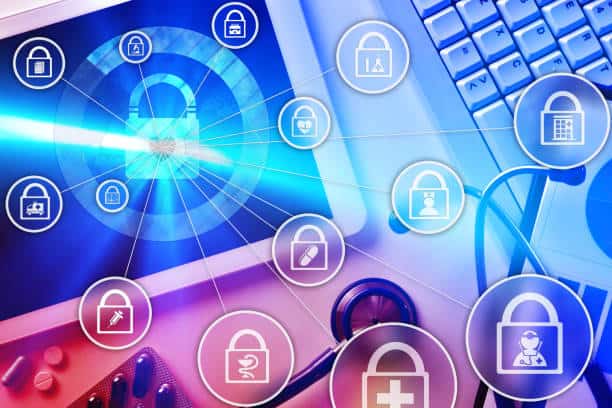Health data security refers to the measures and practices implemented to protect sensitive and confidential information related to patients’ health. This information includes personal medical records, treatment histories, diagnoses, etc. The main objective of health data security is to prevent unauthorized access, use, or disclosure of this information, ensuring its confidentiality, integrity, and availability.
Several methods can be employed to secure patient data in health repositories. While consent and assent of the patient are mandatory, the ways in which data can be secured and stored safely include end-to-end encryption/ data encryption; use of a virtual private network while accessing patient records; changing passwords frequently to avoid hacking into an account; and implementing two-factor authentication for health professionals while accessing records.
To ensure that health data is appropriately secured and managed, health providers should adopt the following measures:
- Encryption: This involves data being converted into a coded format, making it unreadable without the appropriate decryption key.
- Access Controls: There should be different levels of data restriction and access, based on user roles, granting permissions only to authorized personnel
- Device Security: Ensuring that devices used to access patient data have appropriate security measures, such as strong passwords and encryption.
- Data Classification: Categorizing data based on sensitivity levels and applying appropriate protection measures accordingly, such as password authentication measures and multi-factor authentication.
- Auditing and Logging: Organizations should regularly monitor and record access to data to identify any suspicious activities.
- Privacy Policies: Clearly defining how patient data is collected, processed, and used, as well as the procedures in case of a data breach, will help safeguard health data within and outside health organizations.
Health data security is crucial to maintaining patient trust, complying with regulations (e.g., HIPAA in the United States), and safeguarding sensitive information from cyber threats and unauthorized access.
External Reference:
- Health Insurance Portability and Accountability Act of 1996 (HIPAA) | CDC
- Two-Factor User Authentication with Key Agreement Scheme Based on Elliptic Curve Cryptosystem (hindawi.com)
- https://www.fortinet.com/resources/cyberglossary/healthcare-data-security
- What is Patient Data and Why Is It Important? | USF Health (usfhealthonline.com)



